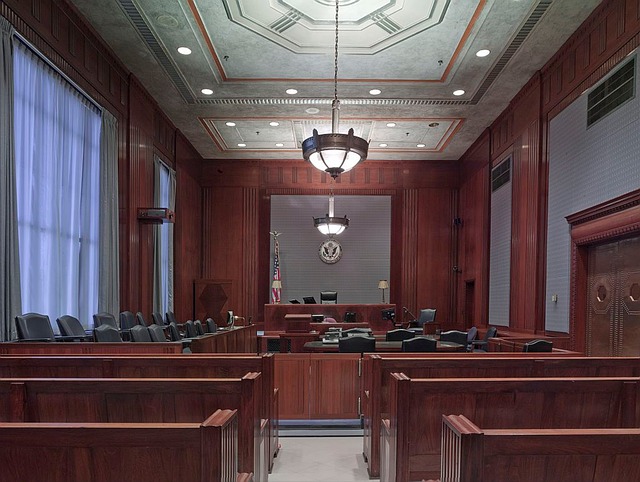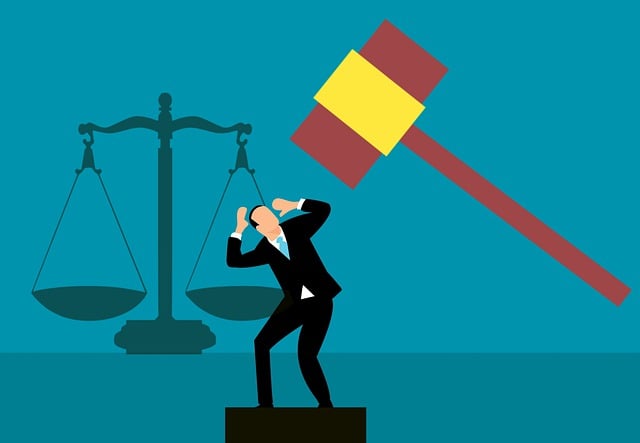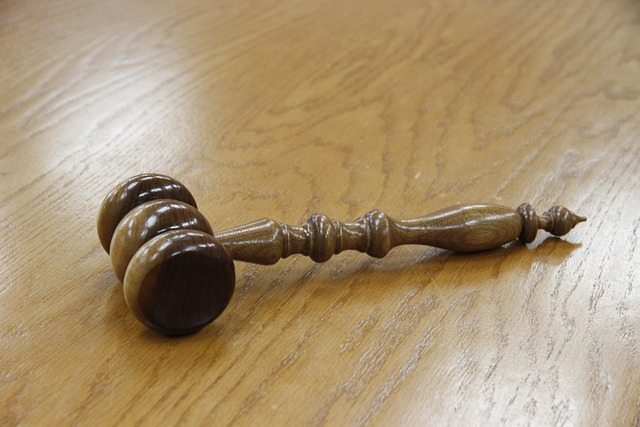Following a person's death, their estate enters the probate process within the courtroom system, which oversees the orderly distribution of assets according to the decedent's will or state laws. This legal procedure involves identifying and inventorying assets, settling debts and taxes, and transferring them to beneficiaries. The role of a personal representative is pivotal in this process, with the guidance of probate attorneys ensuring compliance with court mandates and state regulations. Probate's complexity necessitates professional legal expertise to navigate the detailed requirements, including precise documentation, court filings, and adherence to deadlines. Legal professionals also provide support by resolving disputes and representing the estate in court. Recent reforms and technological advancements have made probate more efficient, with electronic filing systems, digital archives, and software programs aiding personal representatives to fulfill their duties accurately and swiftly, ensuring a respectful and orderly settlement of the deceased's estate within the courtroom setting.
navigating the complexities of probate can be a daunting task for many, particularly when grieving the loss of a loved one. This article serves as a comprehensive guide through the legal process that follows an individual’s passing, offering clarity on what to expect in the courtroom and beyond. We delve into the essential documents required, the steps involved in probate proceedings, the benefits of seeking professional legal assistance, and strategies to streamline this necessary transition. Understanding each facet of probate is crucial for executors and heirs to fulfill their roles effectively.
- Understanding Probate: The Legal Process Post-Decease
- Navigating Probate Paperwork: Essential Documents and Steps
- Professional Guidance: Engaging an Attorney for Probate Assistance
- Streamlining the Probate Process in the Courtroom
Understanding Probate: The Legal Process Post-Decease

Upon an individual’s passing, their estate enters a legal process known as probate, which is overseen by the courtroom to ensure that the deceased’s assets are distributed according to their will or state intestacy laws if there is no will. This process involves identifying and inventorying the decedent’s property, paying debts and taxes, and ultimately transferring the remaining estate to the rightful heirs or beneficiaries. Navigating the probate courtroom can be complex; it requires a thorough understanding of legal documents, court procedures, and timelines. The role of the personal representative, often named in the will, is pivotal; they are responsible for managing the estate’s affairs during probate, making decisions that align with the deceased’s wishes or the dictates of law when no will exists. Legal assistance with probate paperwork and proceedings becomes indispensable to ensure compliance with courtroom directives and adherence to state regulations, facilitating a smoother transition for the estate’s beneficiaries.
Navigating Probate Paperwork: Essential Documents and Steps

When an individual passes away, their estate must go through a legal process known as probate. This process involves identifying and inventorying the decedent’s assets, determining heirs or beneficiaries, paying any debts or taxes owed, and ultimately transferring assets to those entitled to them. Navigating this complex process often requires navigating the intricacies of courtroom proceedings. The probate court oversees this process, ensuring that the decedent’s wishes, as outlined in their will, are honored or that state laws are followed if there is no will.
A key aspect of probate is completing the necessary paperwork accurately and timely. Essential documents include the original will, if one exists; petitions for probate; inventory lists of assets; accountings; and final distributions. These documents must be filed with the courtroom and served upon heirs and creditors as required by state law. Executors or administrators, who manage the estate, often seek legal guidance to ensure that all necessary paperwork is completed properly, as mistakes can lead to delays or complications. The process varies by jurisdiction, but generally involves an initial petition to open the probate estate, periodic reports detailing the status of the estate’s assets and liabilities, and a final accounting before distribution of the estate’s assets can be completed. Legal counsel familiar with courtroom procedures can provide invaluable assistance throughout this process.
Professional Guidance: Engaging an Attorney for Probate Assistance

Navigating the complexities of probate without professional guidance can be daunting for many individuals. The courtroom proceedings involved in settling an estate require a keen understanding of state laws, legal documents, and deadlines. Engaging an attorney who specializes in probate law is often the most prudent course of action. Such legal professionals are well-versed in the intricacies of probate, from filing the initial petition to distributing assets according to the decedent’s will or state laws if there is no will. Their expertise ensures that all courtroom requirements are met and that the process is expedited, reducing the emotional and financial burden on grieving families.
An attorney’s role in probate extends beyond mere legal compliance; they act as a guide through the maze of courtroom protocols. They draft necessary documents, represent the executor or personal representative in court, and handle communication with creditors, beneficiaries, and other interested parties. Their presence is particularly valuable when disputes arise among heirs or beneficiaries, as they can navigate these sensitive situations with a blend of legal acumen and tact. Their assistance ensures that the decedent’s wishes are honored and that the estate is settled in an orderly and legally compliant manner.
Streamlining the Probate Process in the Courtroom

Navigating the probate process can be a complex and daunting task for many individuals, particularly those who are grieving the loss of a loved one. In the courtroom, the proceedings are meticulously managed to ensure that the deceased’s assets are distributed according to their will or state intestacy laws. The courtroom setting often involves several steps, including the filing of the will, petitioning for probate, and the appointment of an executor or administrator. To streamline this process, courts across jurisdictions have implemented various measures, such as providing clear guidelines and checklists for applicants, offering informational resources, and in some cases, utilizing online systems to submit necessary forms and documents. These initiatives aim to reduce the time and complexity involved, making it easier for personal representatives to fulfill their duties without unnecessary delay or confusion, thus upholding the deceased’s wishes efficiently and respectfully within the courtroom framework.
Furthermore, the integration of technology in the courtroom has significantly improved the probate process. Electronic filing systems and digital archives have made it easier for all parties to access and manage necessary documents, leading to a more organized and less error-prone system. The use of software programs that guide users through the probate steps also contributes to a smoother experience, ensuring that each step is completed with attention to detail and in accordance with legal requirements. This technological evolution has been instrumental in enhancing transparency and efficiency within the courtroom, facilitating a more streamlined approach to settling an estate.
Navigating the probate process can be a complex and daunting task for many, but with a clear understanding of the legal framework and the necessary paperwork, it becomes more manageable. This article has outlined the key aspects of probate, from comprehending the legal proceedings to identifying the essential documents required. Moreover, the importance of professional guidance, particularly in the courtroom, has been highlighted as an invaluable resource for executors facing this challenging process. By understanding each step and seeking expert advice when necessary, one can ensure that the decedent’s estate is settled efficiently and effectively.
